The ASUS Vivobook Pro 15 OLED Review: For The Creator In All Of Us
by Brett Howse on March 7, 2022 8:30 AM ESTWireless
ASUS does offer the Vivobook Pro 15 with Wi-Fi 6, however they also (oddly) have a Wi-Fi 5 option, and unfortunately that is what arrived in the review unit. The good news is that it is the Intel Wireless-AC 8265 network card which is one of the best Wi-Fi 5 devices around, with good performance and solid drivers.

The outright transfer speeds are well shy of what modern Wi-Fi 6 network cards can achieve. This is one area where AMD struggles. Intel has their Evo platform and integrates things like Wi-Fi 6 into the processor package. AMD, with its fewer resources over the last decade, has not focused on wireless networking. That has been changing recently and hopefully AMD will be able to overcome this deficit soon.
Audio
ASUS outfitted the Vivobook Pro with Harmon Kardon speakers. As with all laptop computers, there are physical limits which come into play since the fundamental requirements of a good speaker – size and weight – are extremely limited in any laptop.
The laptop hit about 80 dB(A) measured one inch over the trackpad. That is certainly loud enough, although the low-end of the spectrum was of course lacking.
Thermals
The Ryzen 7 5800H is rated at a 45 Watt TDP, and the included NVIDIA GeForce RTX 3050L Max-Q adds another 35 Watts to the mix, with a 50 Watt dynamic boost to tap into. That is a fair bit of heat to deal with for a thin and light notebook like the ASUS Vivobook Pro 15.
ASUS offers some power profiles that the owner can choose from to set the performance and noise levels as well. The Performance Mode bumps the TDP up to around 54 Watts on the CPU, whereas the Standard Mode scales it back to 35 Watts to reduce the noise level. The differences are dramatic, with the laptop in Performance Mode hitting a very high 55 dB(A) measured one inch over the trackpad, which is quite loud indeed. If you have work that needs to get done quickly, this is certainly the way to go, but as always on a thin device, the trade-off is noise.
At maximum performance in the advertised 54-Watt mode, the CPU averages around 3.4 GHz sustained with no throttling taking place. The laptop fans are strong enough to compensate. Through testing, the average power level was actually around 50 Watts sustained with a 54-Watt peak.
In the Standard Mode, ASUS still provides the same 54-Watt peak, which quickly drops to a 45-Watt level for a couple of minutes before further dropping to 35 Watts sustained power to keep the noise in check. And it does work. In the Standard performance mode, SPL of the laptop is significantly reduced to around 45 dB(A) which is much easier to live with. CPU frequency averages around 3.0 GHz in this mode during sustained workloads.
Finally, ASUS includes a Whisper mode which, as you would expect, prioritizes low sound over performance. In this mode the CPU has a very short 54-Watt peak which then quickly drops to just 15 Watts sustained. Sound output in this mode is a meager 39 dB(A) measured one inch over the trackpad, which is very quiet. However, at this power level, the CPU only manages to achieve a 1.7 GHz frequency. Quiet it is, but performant it is not.
Software
ASUS software is branded as MyASUS and includes all the functionality you would expect in a modern notebook, as well as some additional settings to increase the longevity of the OLED display. It is easy to navigate and well-thought out, and it updates through the Microsoft Store which makes it very simple to keep up to date.
As discussed in the thermals section, there are three settings to set the laptop performance and noise levels.
There is also the ability to change the maximum battery charge level. This would be nice if it was included in Windows, as all laptops should offer this feature. Thankfully, most do, including ASUS. If you primarily use your notebook plugged into the wall, you can help the battery life by reducing the maximum charge level.
Since the notebook ships with its distinguishing feature of an OLED panel, there are several settings which can be enabled to extend the life of the OLED as well as maintain it. You can also set it to only focus the primary window on the display, dimming the rest, which will improve battery life. OLED care is important as the organic diodes do degrade over time, and to reap the biggest benefit of OLED you definitely want to use a dark theme in all applications.
The display also allows you to tweak the color profile and gamma settings. Out of the box, the colors are already quite strong so turning the display to its Vivid mode seems like it would be overkill.
You can also enable and disable the noise-cancelling features of the speakers and microphone.
Overall, ASUS includes lots of customization settings to tweak the notebook to what you need it to do. Some additional settings would be nice though, such as being able to set the display to a sRGB mode since most software is not going to deal well with the P3 D65 gamut. ASUS ROG laptops also include additional functionality where you can set different performance profiles for different applications – namely games – and while the separation of the ROG and the other brands does make sense, it would be beneficial to include some of that functionality in the MyASUS app.


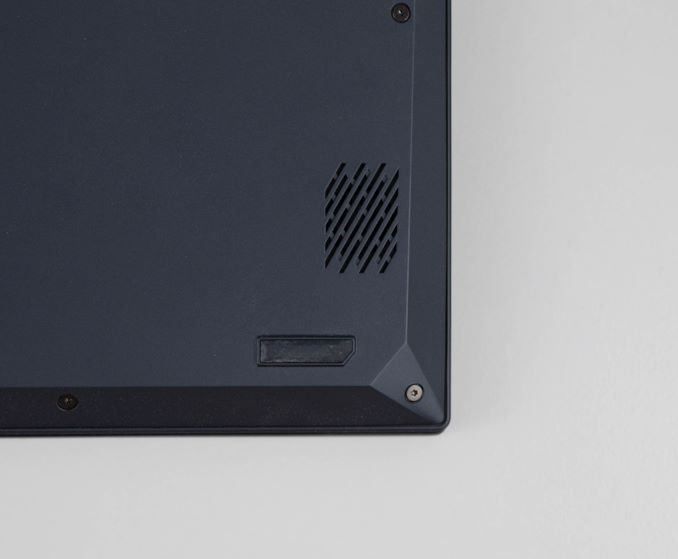


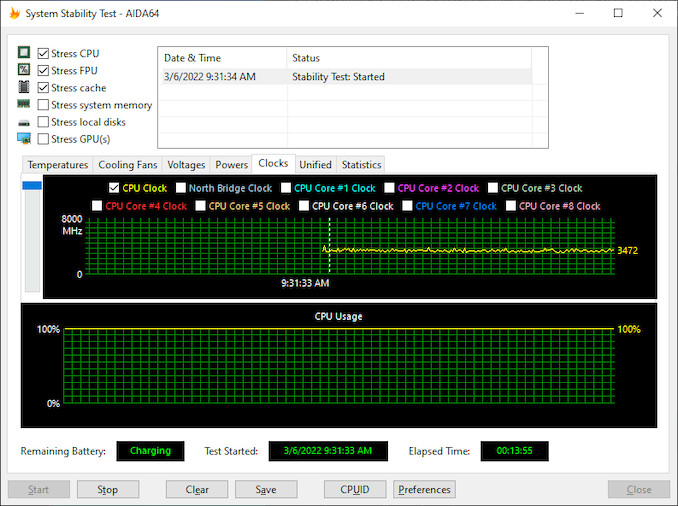
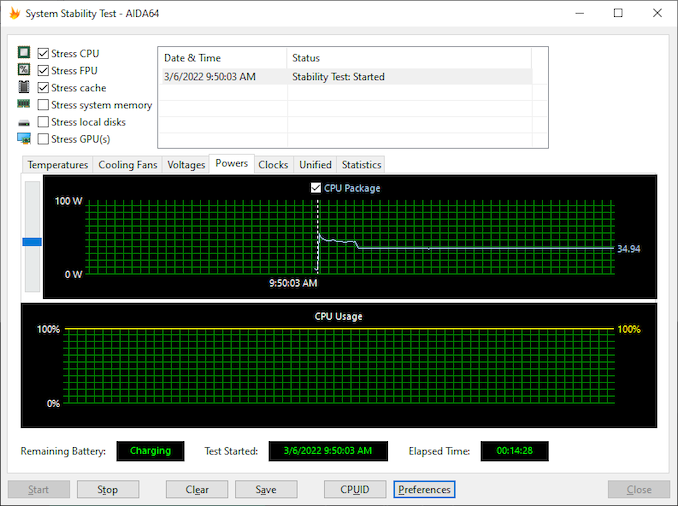
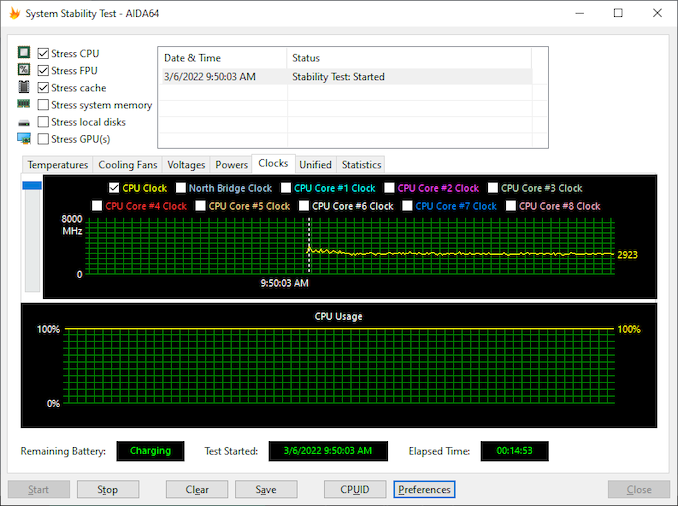


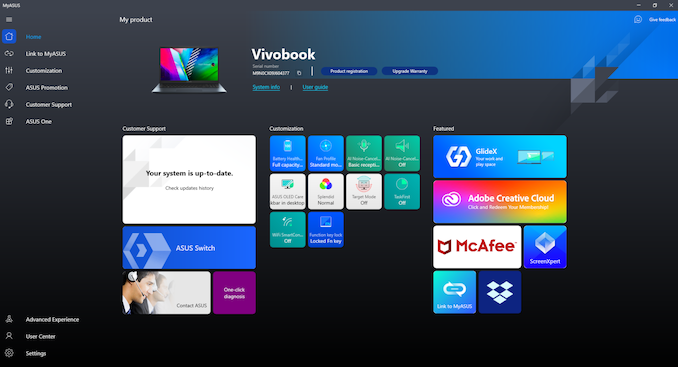













33 Comments
View All Comments
edechamps - Monday, March 7, 2022 - link
"Sadly, Windows does not offer great support for either HDR or wider than sRGB color spaces. There is no native color management system in Windows which will display sRGB content at the correct color levels on a wider than sRGB display, which means the colors will be over-saturated unless you are using a properly color-managed application such as Adobe Photoshop. That means most content you look at on this notebook will be the oversaturated. […] Sadly Windows still does not handle non-sRGB color gamuts very well, so even though ASUS has done a reasonable job calibrating the display, most of the time the color accuracy will be terrible unless you are using a color managed application."This is NOT correct when using Windows with HDR mode enabled. In HDR mode, Windows correctly gamut-maps sRGB from SDR apps to the absolute BT.2020 color space "container" used for HDR, transparently and in real time. Apps that want to use the extra color space are free to do so using the relevant Microsoft APIs, and they will be properly presented alongside other apps. See: https://docs.microsoft.com/en-us/windows/win32/dir...
I'm doing precisely this using Windows 11 in HDR mode with an LG OLED TV. I have personally verified using a color meter that standard sRGB apps are being gamut-mapped correctly, and the saturation is correct, with only slight errors caused by the TV's imperfect calibration.
The quote above describes a state of affairs that was certainly valid a few years ago, but it is now quite outdated.
Brett Howse - Tuesday, March 8, 2022 - link
Thanks for this info. I am going to look into this more. In HDR it does appear to tone map to sRGB by default which is certainly the less offensive implementation.Oxford Guy - Sunday, March 13, 2022 - link
Check out the tftcentral site and possibly prad.de (if that’s still around). Those sites have long had rather comprehensive information about all of the nuances involving monitors. Prad.de, for instance, was the first to write about LCD backlight flicker.lemurbutton - Monday, March 7, 2022 - link
If you’re a creator, you get a MacBook Pro with far more power and portability.TheinsanegamerN - Tuesday, March 8, 2022 - link
How is a macbook pro mroe portable then this? And it may surprise you, but not all creators are addicted to daddy Ives ruining their wallet every year.jospoortvliet - Saturday, March 12, 2022 - link
Battery life is better indeed but price is far far higher… I’d consider a MacBook Air though, for at least a subset of creator taks (audio, image and video editing) it would do great.yetanotherhuman - Tuesday, March 8, 2022 - link
Numpad to the left of the keyboard? Looks like it's on the right, as standard, to me..TheinsanegamerN - Tuesday, March 8, 2022 - link
OLED is an interesting feature however with these slim bezel laptops replacing the display is a royal PITA and sometimes isnt possible (looking at you HP G5 chromebooks). With burn in as an issue I'd be hesitant.The battery is another sticking point. I know they had to make room for the dGPU, but seeing such a small cell....bleh. My mechrevio has a 99wh battery in a nearly identical sized PC and it rocks, but I think clever motherboard design would have allowed asus to use a much bigger cell.
rc_nair104 - Friday, March 11, 2022 - link
For an average user who is not working on his laptop, oled shouldn't be a problem I think. After all an oled phone also has static elements and lasts many years isn't it?Oxford Guy - Sunday, March 13, 2022 - link
Most vaunted ‘content creators’ work on their machines… creating content.